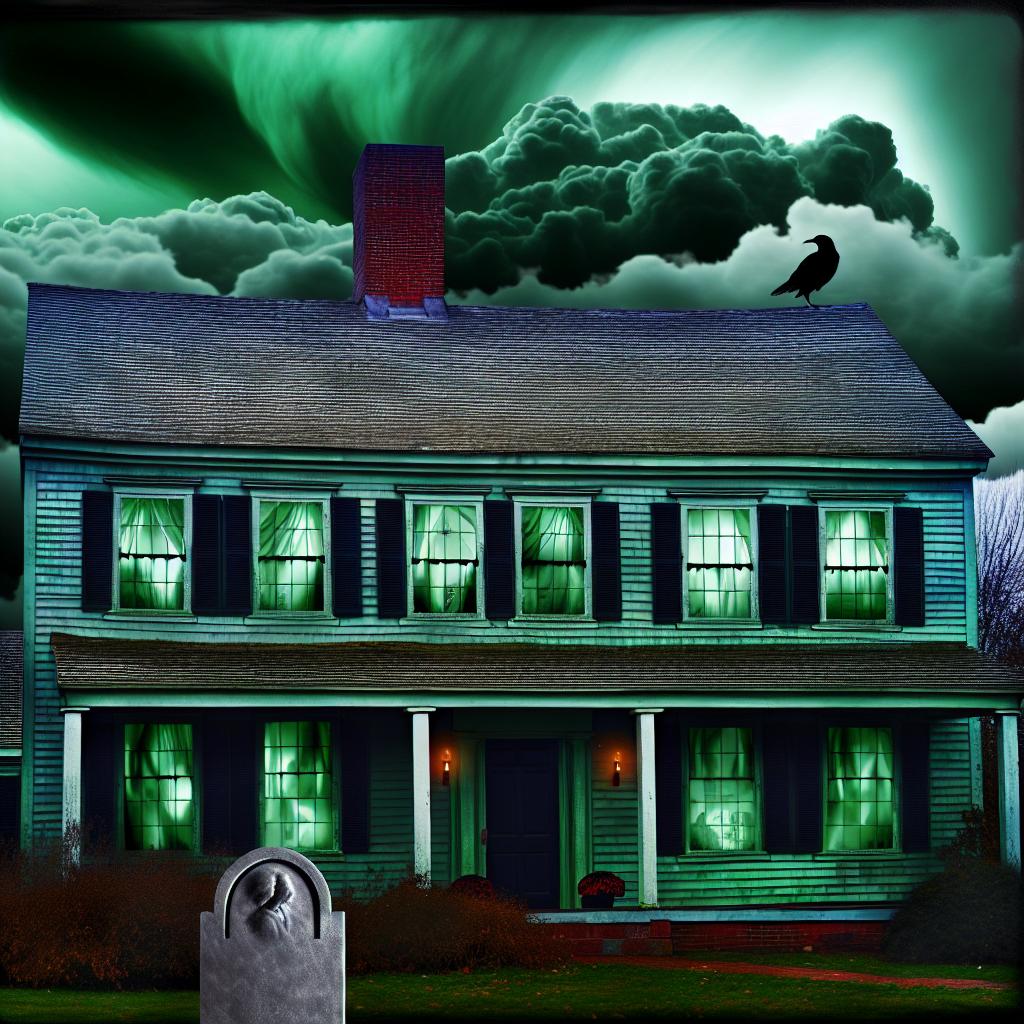Contents
The Origin of the Amityville Horror
The narrative of the Amityville Horror House has captivated imaginations and intrigued researchers of the supernatural and true crime for decades. In essence, the story begins with a grim and tragic event that occurred on November 13, 1974. On this day, Ronald DeFeo Jr. committed the brutal murder of six members of his own family at the residence located at 112 Ocean Avenue in Amityville, New York. The victims of this horrific act included his parents as well as his four siblings, all of whom were shot and fatally wounded in their sleep. Due to the egregious nature of his crimes, DeFeo was subsequently convicted of second-degree murder, and he received a sentence of six consecutive life terms. The depth of this tragedy not only shook the local community but also set the stage for the series of alleged hauntings and inexplicable occurrences that were highlighted in subsequent years.
The Lutz Family and Their Experience
Roughly a year after the heinous crimes, the Lutz family, consisting of George and Kathy Lutz along with their three children, made the decision to purchase the home. They officially moved in during December of 1975. The Lutzes claimed that during their brief residency, which spanned only 28 days, they experienced a myriad of paranormal phenomena that defied rational explanation. Among the reported strange events were overpowering and unpleasant odors with no apparent source, sudden and intense cold spots within various rooms of the house, and bizarre occurrences like slime oozing from the walls. They also reported unsettling episodes involving inexplicable swarms of flies that would appear within the house. The accumulation of these distressing and supernatural experiences ultimately compelled the Lutz family to hastily flee from the home, never to return.
Controversy and Skepticism
The incredible nature of the Lutz family’s account rapidly captivated the public’s imagination and laid the groundwork for the creation of a bestselling book. Published in 1977, *The Amityville Horror* by Jay Anson chronicled the purportedly true experiences of the Lutz family during their time in the infamous house. The book’s success subsequently sparked the production of various films, each further embedding the tale into popular culture as a quintessential haunted house story. However, despite the popularity, myriad skeptics and critics have raised objections regarding the authenticity of the events described. Discrepancies arose as inconsistencies were noted in the accounts provided by the Lutzes over time. Furthermore, the lack of tangible evidence corroborating their stories fueled speculation that the entire haunting might have been an elaborate hoax or an augmented narrative designed to generate financial profit for the family through book deals and movie rights.
Investigations and Explanations
As the story gained notoriety, multiple investigations were launched with the aim of shedding light on the veracity of the paranormal claims associated with the Amityville house. Experts from the field of paranormal research, along with noted skeptics, embarked on examinations to discern any possible explanations for the alleged hauntings. Some postulated that psychological factors, including stress experienced by family members moving into a house with a brutal history, could account for the perceived paranormal activity. Others looked for environmental explanations, such as drafts or structural peculiarities of the old house, compromising electrical systems, or even natural occurrences that might have been misinterpreted as supernatural. Meanwhile, there are those within the paranormal community who maintain and defend the account provided by the Lutz family, suggesting that the extraordinary phenomena they reported were indeed real and remain unexplainable by conventional means.
Legacy of the Amityville Horror
Regardless of where one stands on the spectrum of belief concerning the truth behind the Amityville Horror, its legacy as a phenomenon within popular culture is undeniable. Over the decades, the Amityville Horror House has become an enduring emblem of believed paranormal occurrences. It has given rise to an entire subgenre of horror literature and film, each attempting in their own way to explore, depict, and even mythologize the house’s eerie and mysterious past. The property itself has gone through significant transformations over time, undergoing renovations and even a change of address to help distance it from its past notoriety. Despite these physical changes, the intrigue and allure of the Amityville story continue to draw the interest of individuals who are fascinated by the supernatural and unexplained.
For those who wish to delve deeper into the story of the Amityville Horror House, numerous resources are available. These works examine both the thorough investigations that have been undertaken and the wide-ranging media coverage that brought the tale into the public eye. Whether approached as a genuine ghost story, a case study in mass media influence, or a cautionary tale about sensationalism, the Amityville Horror continues to be a touchstone in discussions about supernatural phenomena and its impact on society.

